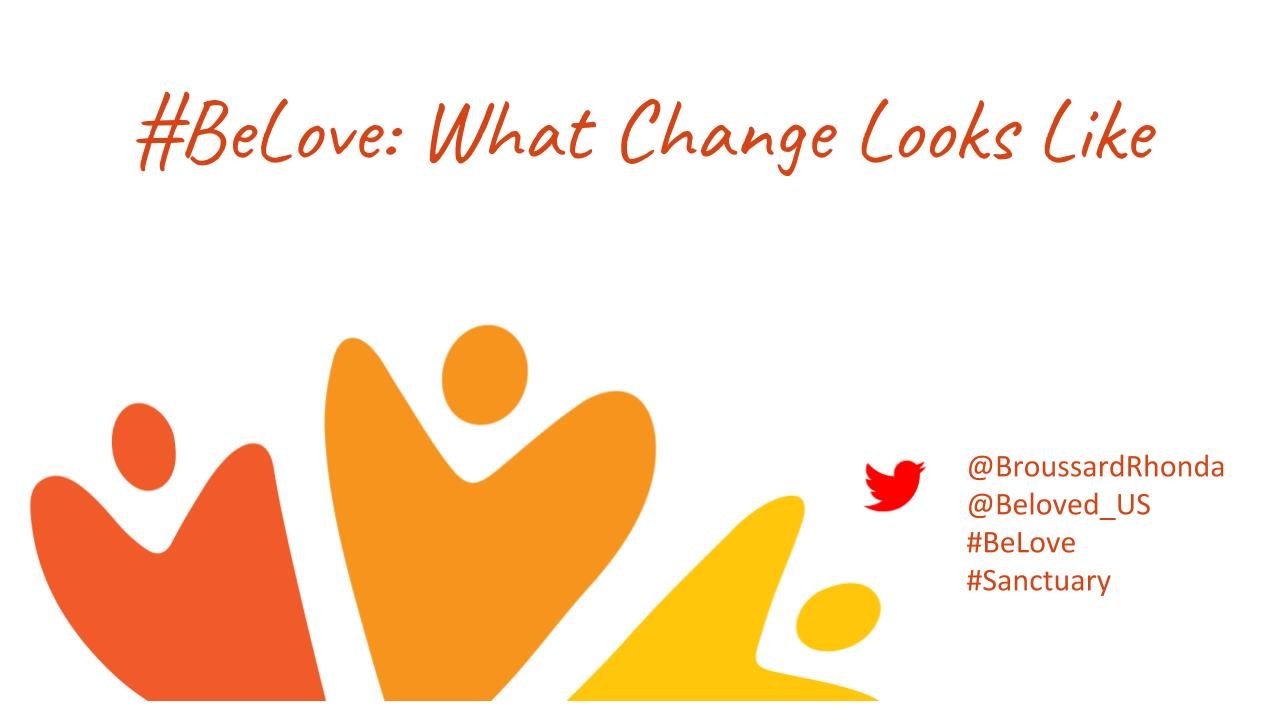#BeLove: What Change Looks Like.
“ We need to be weapons of mass construction, weapons of mass love. It’s not enough to change the system, we need to change ourselves.” - Assata Shakur
In February, we launched the #BeLove series to profile organizations committed to ending structural racism and bias. We were invited to share this series at Sanctuary, a multimedia installation at the San Damiano Mission in Brooklyn, NY. With this talk, we tell six stories of change that resulted from intentional capacity-building in a variety of settings. Our primary goal is to peak behind the curtain and demonstrate what the actual phases of structural change look like. Wherever your team is in leading anti-racist, anti-bias change, this series will validate your work, raise questions about what approach matters most for your community, and give you a sense of what lies ahead.
Key Take-Aways
Structural change has predictable phases:
awareness
skill-building
questioning, listening, dismantling
setting your stake in the ground
building ecosystem
continuous learning
Structural change requires shifts in resource allocation:
dedicated budget line-item for individual support
inclusion in strategic plan and performance metrics
staffing development (hiring, retention, promotion) reflects community
hire leadership for equity oversight and engagement
When putting your stake in the ground, ask these questions:
What will make the biggest shift in power in your community?
How do you operate internally to create that shift?
How does your shift impact the broader community that you serve?

